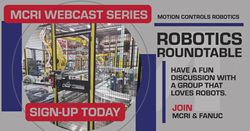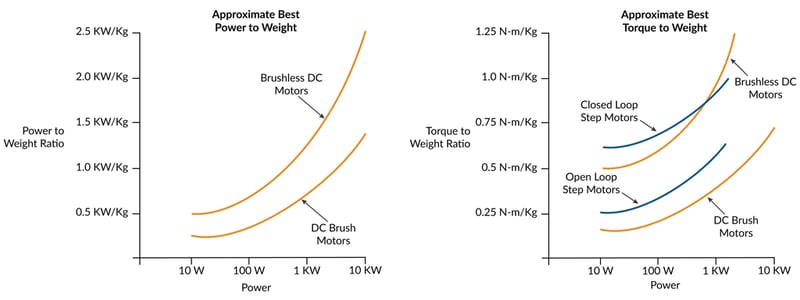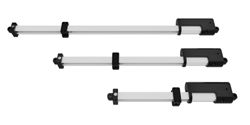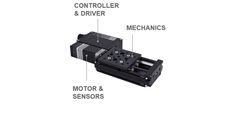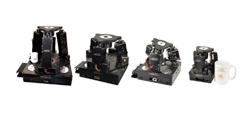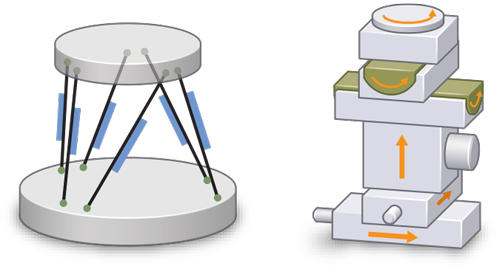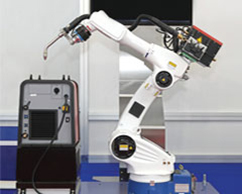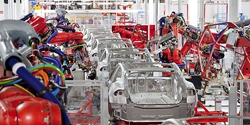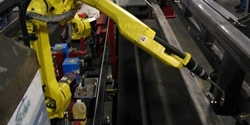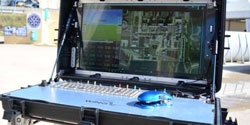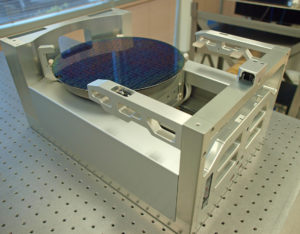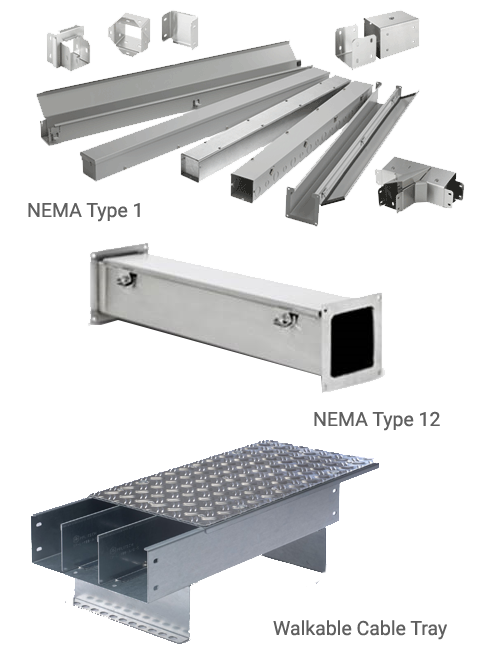MCRI Webcast Series - Robotics Roundtable
Motion Control Goes Small
10 Different Options For Controlling Linear Actuators
Speed Reducers & Proper Shaft Alignment for Motion Control Applications
Precision Motion Control Enables Automation
Simplifying Motion Control through Integration of All System Components
Brain Corp Raises $36 Million to Meet Growing Demand for Autonomous Robots
Applications of Nanometer-Level Precision Motion Control Solutions
What is the Difference between Hexapod 6-DOF Alignment Systems vs Conventional Stacks of Stages?
Celera Motion Case Study - Precision Rotary Axis Control
5 Things You Need to Know About Motion Control Systems
Industrial Automation: How Important It Is to Choose the Right Motion Control Components
Remote Manipulation with the Wing Control Device
How Motion Control Puts the Robo in Robotics
Where Should the Robot Controller Go?
Records 16 to 30 of 60
First | Previous | Next | Last
Featured Product
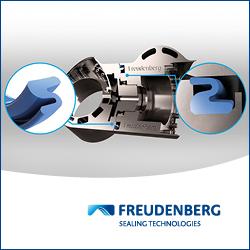
IP Seals for Robots
Robotics and Automation - Featured Company


